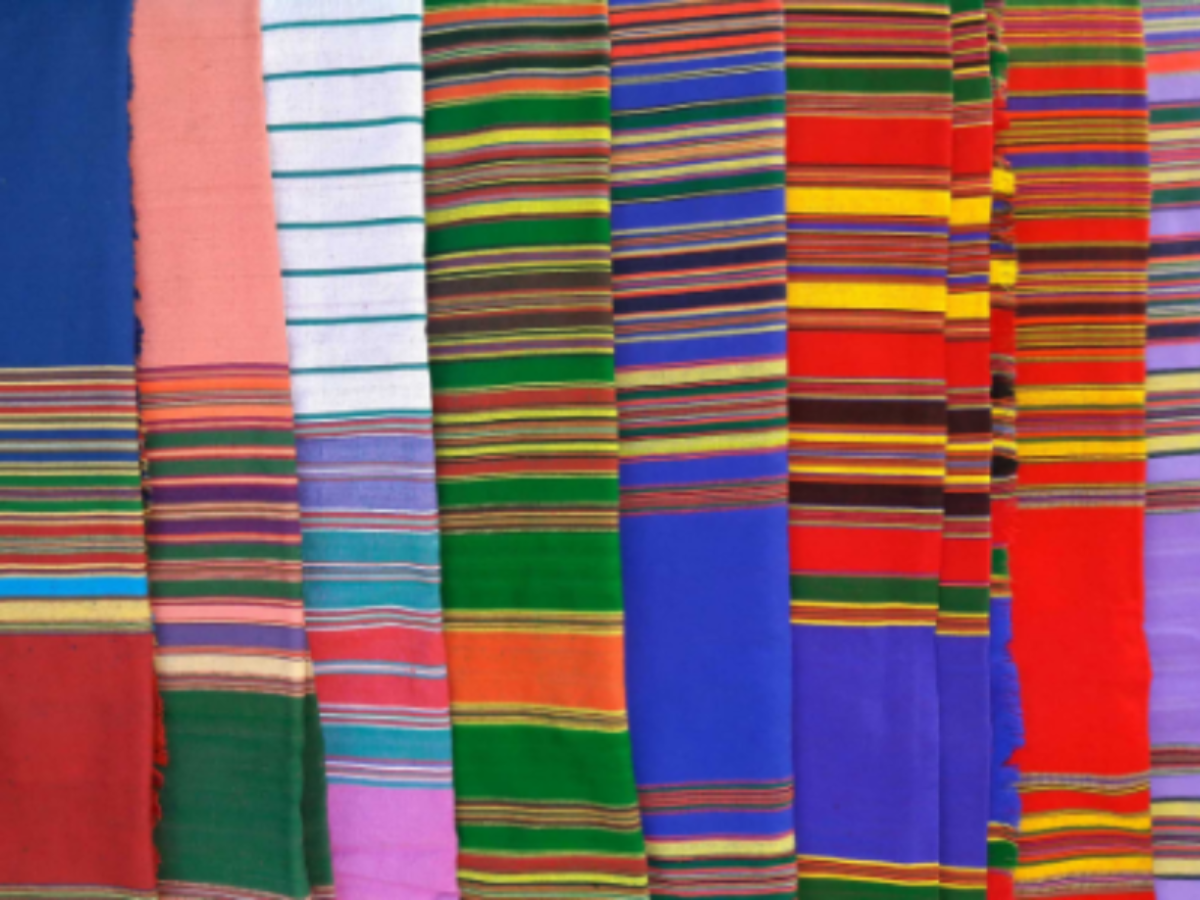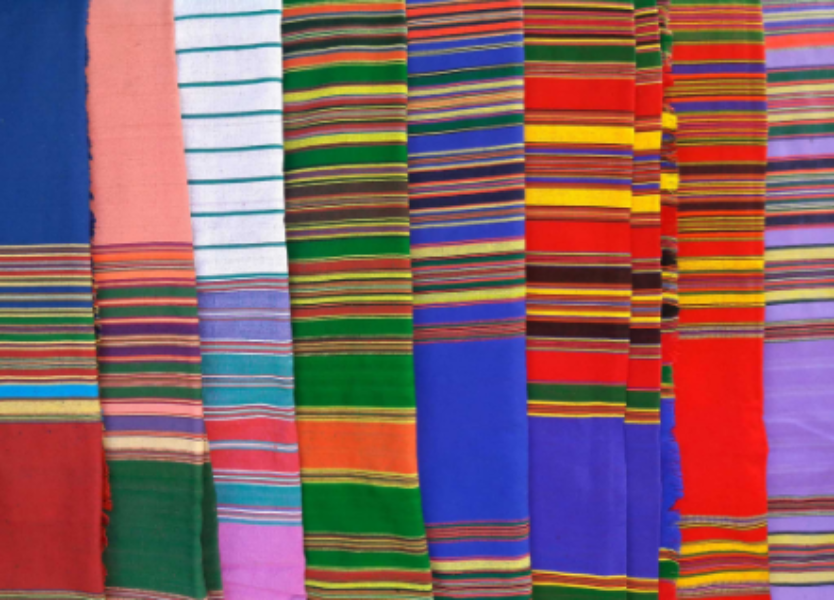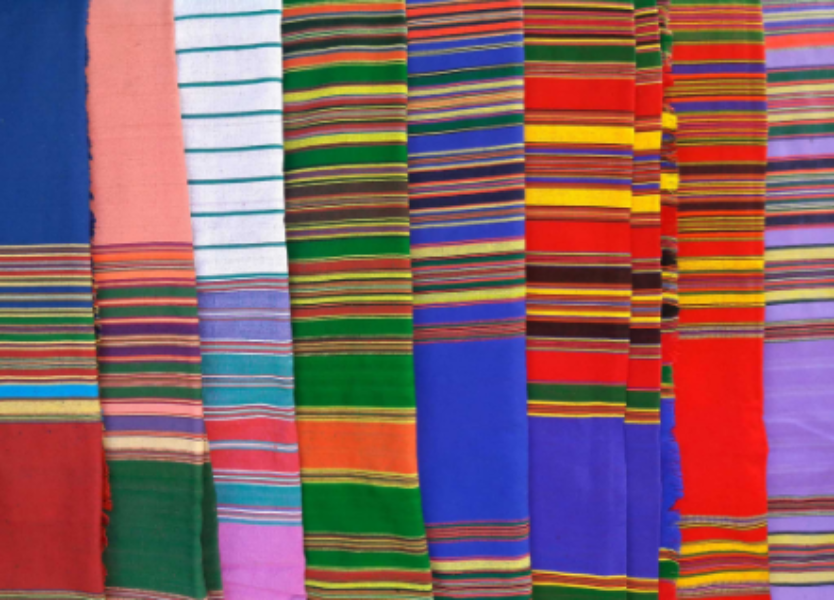State
Tribe Name
Art Type
short description
Hajong lives in Assam; one finds in this tribe some unique traditional costumes. Hajong women put on a long, multicolored cotton wrapper called Pathin that drapes beautifully above and below the body. The Pathin goes with a shawl known as Pasra or Argon, which further enhances grace and cultural ethos to the attire.
Hajong men wear a dhoti as a loincloth, which is very often accompanied by a Gamocha-a handwoven cloth of multiple uses. The Gamocha is draped on the shoulders, and it commonly wraps around the waist whenever the shirt is worn. This simple yet culturally oriented attire tells the story of the Hajongs, saving their heritage and tradition over the years.
The fabric is handwoven cotton, whereas colorful and intricate designs are employed, which depict their age-old attachment to culture and land. While once maintained through sophisticated clothing, nowadays, traditional outfits see much wear and tear, given that they are worn to festivals and ceremonies and are also part of daily wear and thereby help continue their customs.
Hajong men wear a dhoti as a loincloth, which is very often accompanied by a Gamocha-a handwoven cloth of multiple uses. The Gamocha is draped on the shoulders, and it commonly wraps around the waist whenever the shirt is worn. This simple yet culturally oriented attire tells the story of the Hajongs, saving their heritage and tradition over the years.
The fabric is handwoven cotton, whereas colorful and intricate designs are employed, which depict their age-old attachment to culture and land. While once maintained through sophisticated clothing, nowadays, traditional outfits see much wear and tear, given that they are worn to festivals and ceremonies and are also part of daily wear and thereby help continue their customs.
Thumbnail

Filter Postion
Left
Filter Background
Off
Theme
Filter Header Image

content
Image

description
Hajong lives in Assam; one finds in this tribe some unique traditional costumes. Hajong women put on a long, multicolored cotton wrapper called Pathin that drapes beautifully above and below the body. The Pathin goes with a shawl known as Pasra or Argon, which further enhances grace and cultural ethos to the attire.
Hajong men wear a dhoti as a loincloth, which is very often accompanied by a Gamocha-a handwoven cloth of multiple uses. The Gamocha is draped on the shoulders, and it commonly wraps around the waist whenever the shirt is worn. This simple yet culturally oriented attire tells the story of the Hajongs, saving their heritage and tradition over the years.
The fabric is handwoven cotton, whereas colorful and intricate designs are employed, which depict their age-old attachment to culture and land. While once maintained through sophisticated clothing, nowadays, traditional outfits see much wear and tear, given that they are worn to festivals and ceremonies and are also part of daily wear and thereby help continue their customs.
Hajong men wear a dhoti as a loincloth, which is very often accompanied by a Gamocha-a handwoven cloth of multiple uses. The Gamocha is draped on the shoulders, and it commonly wraps around the waist whenever the shirt is worn. This simple yet culturally oriented attire tells the story of the Hajongs, saving their heritage and tradition over the years.
The fabric is handwoven cotton, whereas colorful and intricate designs are employed, which depict their age-old attachment to culture and land. While once maintained through sophisticated clothing, nowadays, traditional outfits see much wear and tear, given that they are worn to festivals and ceremonies and are also part of daily wear and thereby help continue their customs.
Image Mode
landscape
promoted
Off
Verified
Off
